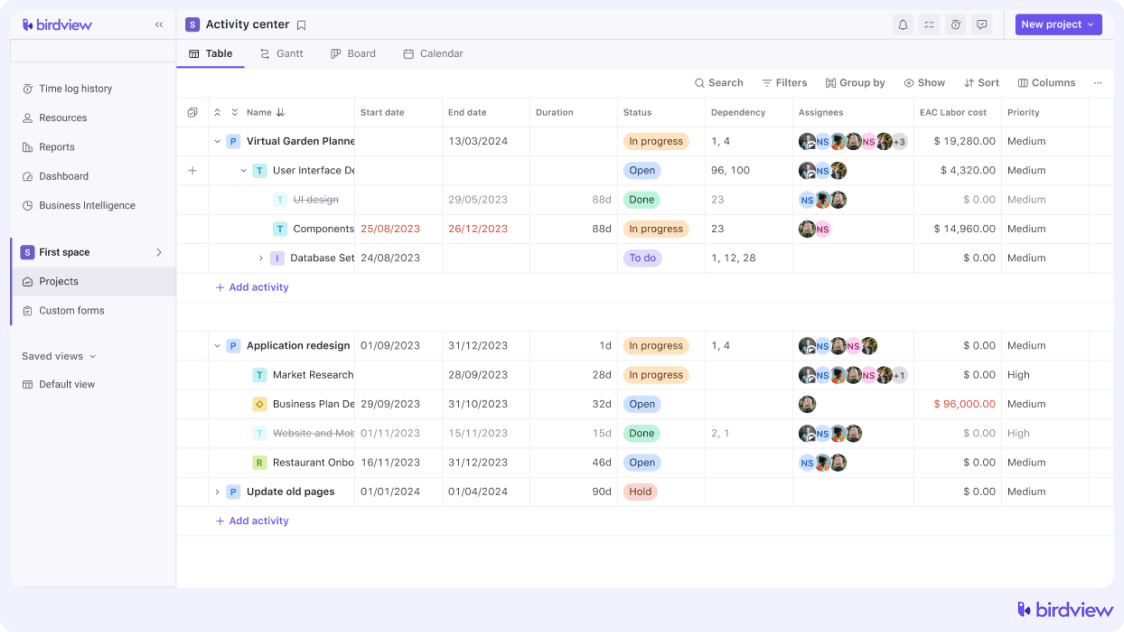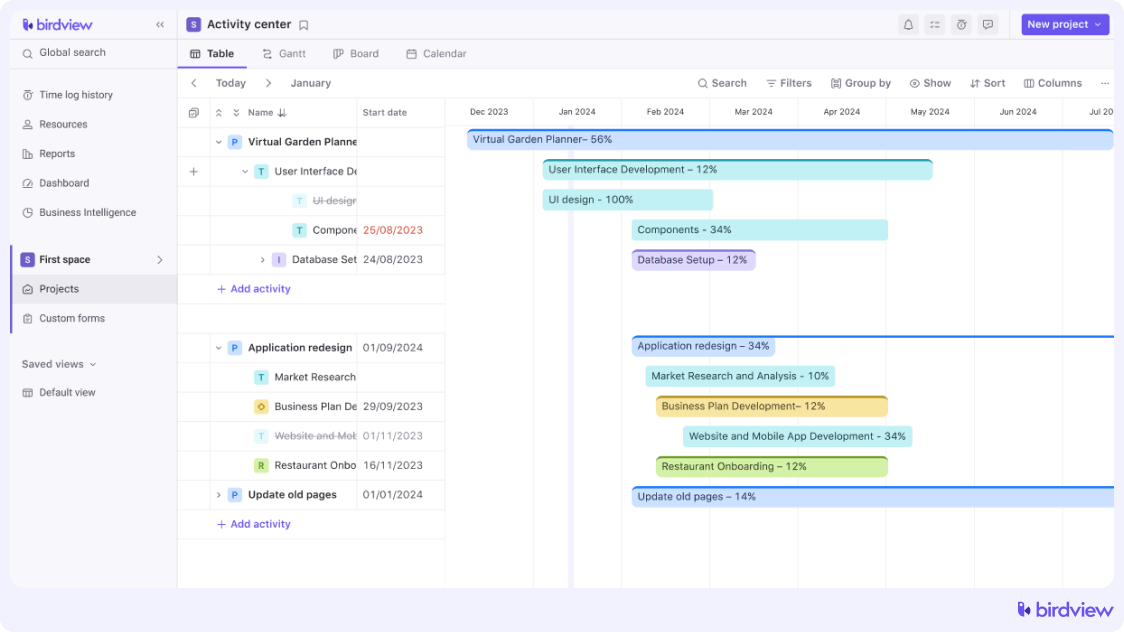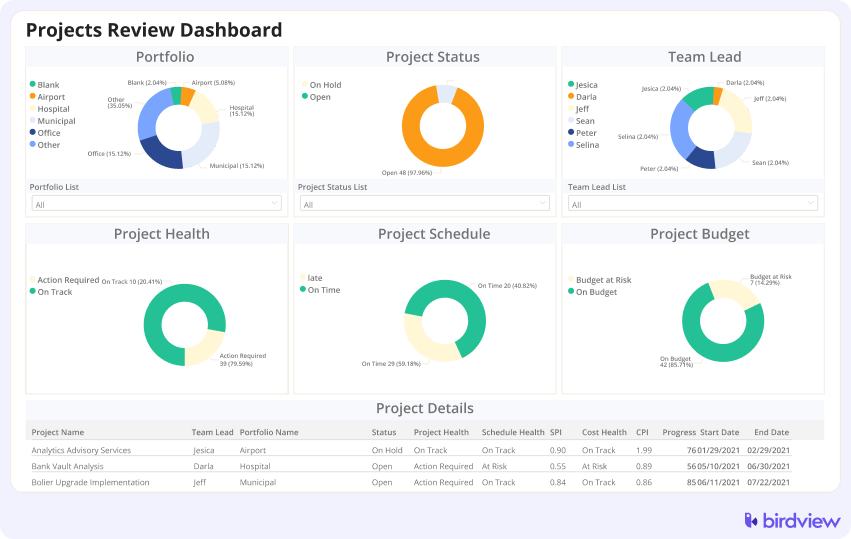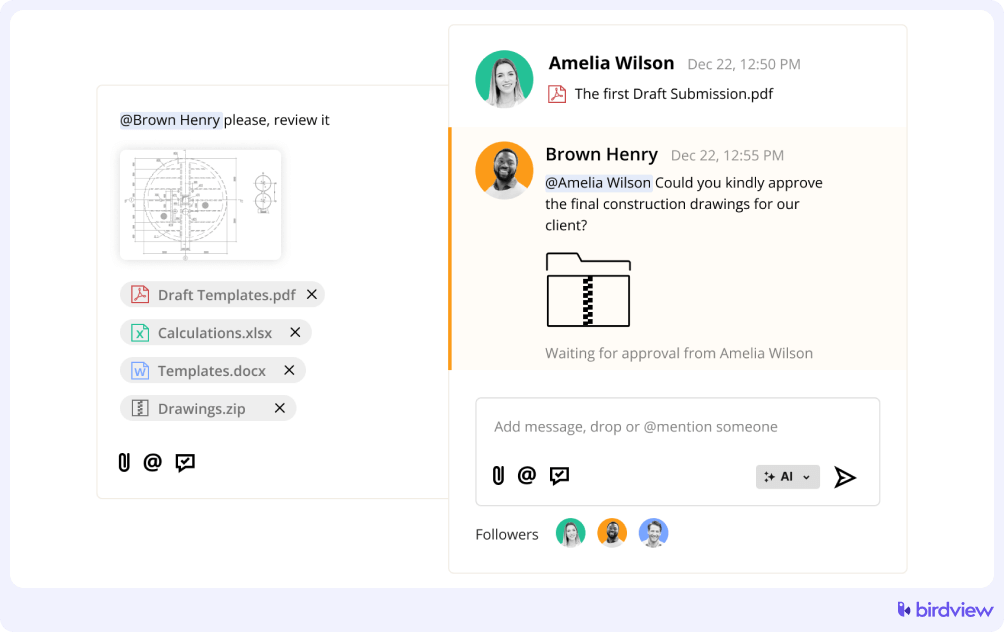“The project was a success!”
This is the dream quote for every PM.
So much time, effort, energy, and resources are invested into zillions of projects every year, and yet the “dream quote” is rarely uttered. In fact, the statistics are rather disturbing. 2015 reports show that:
-
70% of companies had at least 1 failed project during the year
-
On average, companies lose $109M for every $1B invested in projects. That’s a monstrous 11% of a truckload of cash poured into nothingness
-
The average project success rate was 39% (defined: delivered on time and with required features)
This doesn’t look very inspiring. And there is this other thing: what exactly is the definition of project success? Is it like we are happy with our job? Does it mean the client is happy? Or both? What about shareholders? Are they happy as well?
In the above report, success is measured by providing the deliverables on time and having the required features. That seems incomplete though. There should be more to it. Each PM has an example where project goals were not even near to getting met, yet the client was highly satisfied. The exact opposite example is also true: All the project goals were met, but the client was rather unhappy, to say the least.
So before we go on, let’s first answer the question:
How to define project success?
To define project success, we will need to take into account a few things:
-
Project efficiency (the goals are met)
-
End user benefit (the client is happy)
-
Business growth (we are happy)
-
Business vision (future seems a little brighter)
Dr. Terry Cooke-Davies, a recognized thought leader on project success, says that there is a direct correlation between all factors and a big difference between the terms “project success” and “project management success”.
Therefore we need to have two definitions: Project management success, which is basically delivering quality stuff in due time with all the requirements (in other words, project efficiency), and project success, which is a much wider thing.
“Project management success is the art of meeting goals and objectives, delivering the promised quality in a timely manner, without creating additional costs.”
“Project success is the positive outcome of different, interrelated actions and events that contribute to the satisfaction of all involved parties.”
This should be a more accurate interpretation. Now let’s proceed and see how planning can contribute to project efficiency and project success.
Think of your project plan more as a guide than a step-by-step instruction
Although planning is an essential step in project management, too much detailed planning might not be the best idea.
For example, how can you plan ahead for something in detail, when there is stuff that depends on some other stuff or the results of an action are unclear? Well in theory, you could make use of astrological clairvoyance or crystal balls, but both of these methods have proved to be a little ineffective.
There is another problem too. Sometimes a project can evolve in a way that no one ever thought it would (for instance, the client gives you a call and asks to make a tiny adjustment to the product, which appears to be enough to mess everything up) and suddenly you find yourself in a situation where you spent a ton of resources on creating a detailed plan for every phase of the project, which is a little shy of useless now. Something tells me that this isn’t how you want to spend your budget.
Detailed plans also limit your creativity and the ability to respond to change well, especially when you’re using an agile methodology. But starting a project without a plan is like going on an adventure to the Amazon jungle without a map or preparations. The chances that you will survive get slimmer every day.
This is why it’s a good idea not to get into micro details all the way down. Think of your plan more as a guide than a step-by-step Lego instruction on how to build a gigantic truck. Because if you accidentally lose a single Lego brick, your whole truck might instantly turn into a much less attractive truck.
Birdview‘s project management software offers a flexible approach to planning, allowing project managers to create a high-level guide while still leaving room for adjustments. The software‘s adaptive planning tools ensure that as the project evolves, so too can your plan, without losing track of the overarching goals.

One standout feature that facilitates this flexibility is the Gantt chart. The Gantt chart in Birdview allows you to visually map out your entire project timeline, including dependencies between tasks. If a change occurs, you can quickly update the chart to reflect new deadlines, reassign resources, or adjust task priorities. This dynamic tool helps you maintain an organized and adaptable project plan, ensuring that your team can respond to changes efficiently without losing sight of the project‘s overall objectives.

Read more:
Planning is the heart of every project
If that’s the question you were thinking about, then we are on the same page. Planning is by all means the cornerstone of any project: it’s the king, the master, the god. Don’t get me wrong.
The point is that too much detail might seem to be a good thing, but you will need to have extraordinary luck, a ridiculously efficient team, and a perfect client who never has objections or changes his mind.
Since you’re never ever getting this combination in this life (like…ever), it’s better to leave some room to improvise.
I bet now you’re thinking “How much exactly should I spend on planning then?” and here comes the bad part (come on, you should be used to this by now).
There is no right answer here. There are way too many variables that need to be taken into account, including industry, project, client, team, budget, experience, available tech, and a whole bunch of other stuff.
The best advice would be to plan based on facts and experience: If you know what works and what doesn’t for a particular case or industry, you should trust your instincts. If you find yourself in a completely new environment, it’s best to keep your expectations low and proceed cautiously, leaving lots of room for improvisation and emergencies.
Data-driven planning with Birdview allows you to leverage data from past projects to inform your planning process. The software offers analytics and reporting features that help you understand what has worked in similar projects, making your planning more precise and informed.

The role of communication in project planning
Effective communication is often the linchpin of successful project planning. Without clear and consistent communication, even the most well-thought-out plans can fall apart. It’s essential to ensure that all stakeholders, including team members, clients, and upper management, are aligned with the project’s goals and understand their roles and responsibilities.
Birdview integrates powerful communication and collaboration tools that facilitate seamless interaction among all stakeholders. These tools ensure that everyone is on the same page, reducing the risk of misunderstandings and project delays through instant messaging, shared documents, and project dashboards.

Successful project planning
While it’s close to impossible to clearly define how much effort and time you should dedicate to planning, there is an average number, kinda. This study has complied different research and facts provided by world-class PMs and deciphered a range of when resources spent on planning positively affect project efficiency and success.
Just in case you aren’t willing to spend about 2 hours (like I did) trying to figure out how they found the average, here it is:
Putting together all the data assembled from 10 different sources regarding project success and efficiency defined by the factors mentioned above, the average R square (which is the correlation, btw) was calculated for each case.
The overall average R square resulted in 33%, which correlates with efficiency by 33% and 34% with project success.
This means that on a slightly larger average, 30-35% of overall project efforts (including time and budget) should be spent on planning to maximize both project efficiency and project success.
There you have it. The only thing I’d like to add is that while this is a statistic that can be trusted, you shouldn’t always assume it’s true. What works in one case, might not work in another. You know this better than anybody.
The major takeaway from all of this should be the following:
-
Planning is the cornerstone of any project
-
Too much detail will often do more harm than good
-
On average, 30-35% effort should be invested into planning for an average project
-
Everything concerning planning is potentially subject to change
-
Witch balls are unreliable means for future forecasts
-
You should finish your coffee, it’s getting cold
- Enjoy your day



